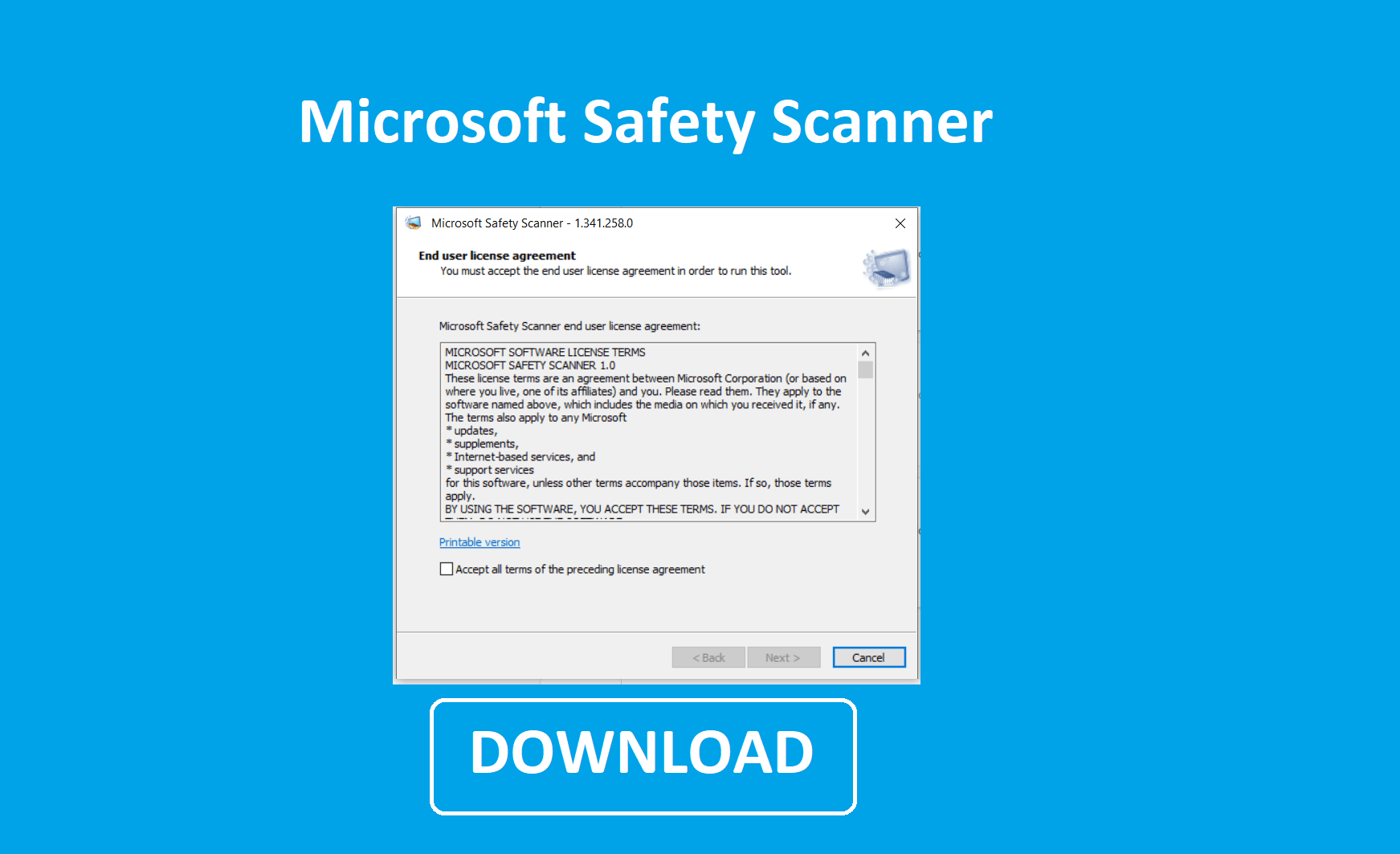
These remediation steps are effective against known attack patterns but are not guaranteed as complete mitigation for all possible exploitation of these vulnerabilities. %IIS installation path%\AspNet_client* %IIS installation path%\AspNet_client\system_web* %Exchange Server installation path%\FrontEnd\HttpProxy\owa\auth* %Exchange Server Installation%\FrontEnd\HttpProxy\ecp\auth* Configured temporary ASP.NET files path



Administrators can use this tool for servers not protected by Microsoft Defender for Endpoint or where exclusions are configured for the recommended folders below. Microsoft Defender has included security intelligence updates to the latest version of the Microsoft Safety Scanner (MSERT.EXE) to detect and remediate the latest threats known to abuse the Exchange Server vulnerabilities disclosed on March 2, 2021. Microsoft Support Emergency Response Tool (MSERT) to scan Microsoft Exchange Server


 0 kommentar(er)
0 kommentar(er)
